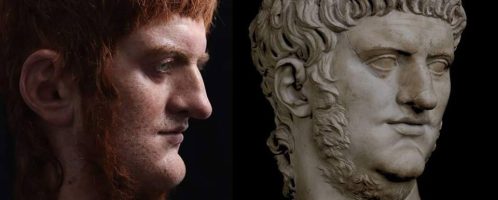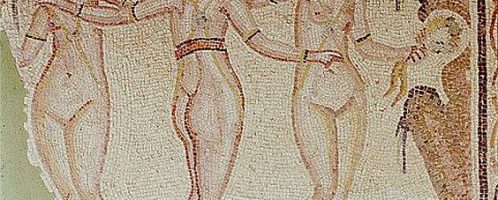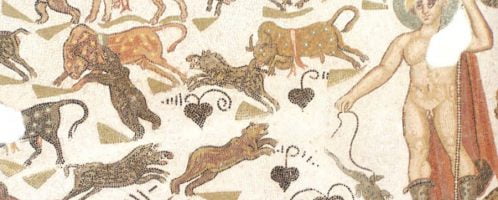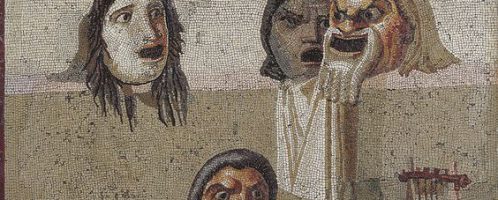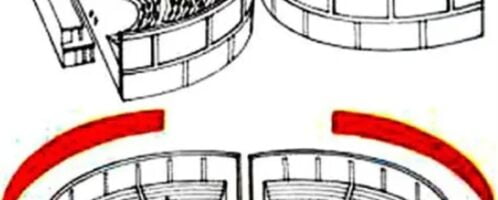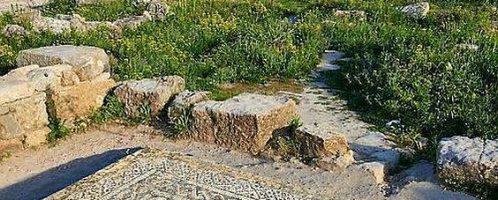If you have found a spelling error, please, notify us by selecting that text and pressing Ctrl+Enter.
Curiosities of ancient Rome
The world of ancient Romans abounded in a number of amazing curiosities and information. The source of knowledge about the life of the Romans are mainly works left to us by ancient writers or discoveries. The Romans left behind a lot of strange information and facts that are sometimes hard to believe.
Exotic animals in Rome
Animals were delivered from distant parts of the Roman Empire to show the crowd the size of the conquest and show the wonders brought from distant lands. Those were sent by provincial administrators, and even by kings or noblemen of still unconquested lands, eg. from India. Menagerie – vivarium was located near the Porta Prenestina.
Organization at games
The organization of gladiatorial fights has become a great task in which intermediaries and entrepreneurs of all specialties were involved.
Fighting to death
Fighting to death – munera – come from a sacrifice in honor of the dead and have an Etruscan pedigree. At first gladiatorial fights were arranged by the family on the grave of deceased ancestors. The first games enriched with gladiators at the expense of the state were to take place in 105 BCE.
Invention of round theater
The invention of the round theater is attributed to Scribonius Curio (“the Younger”). Until the times of Caesar, the organizers of the games enjoyed the hospitality of circuses. Then, in 52 or 53 BCE, Curio, supporter of Caesar, decided to build and connect two theaters, because he wanted to combine munus – fights to death – along with a theatrical performance. At that time, the theater consisted of 2 wooden revolving scenes.

